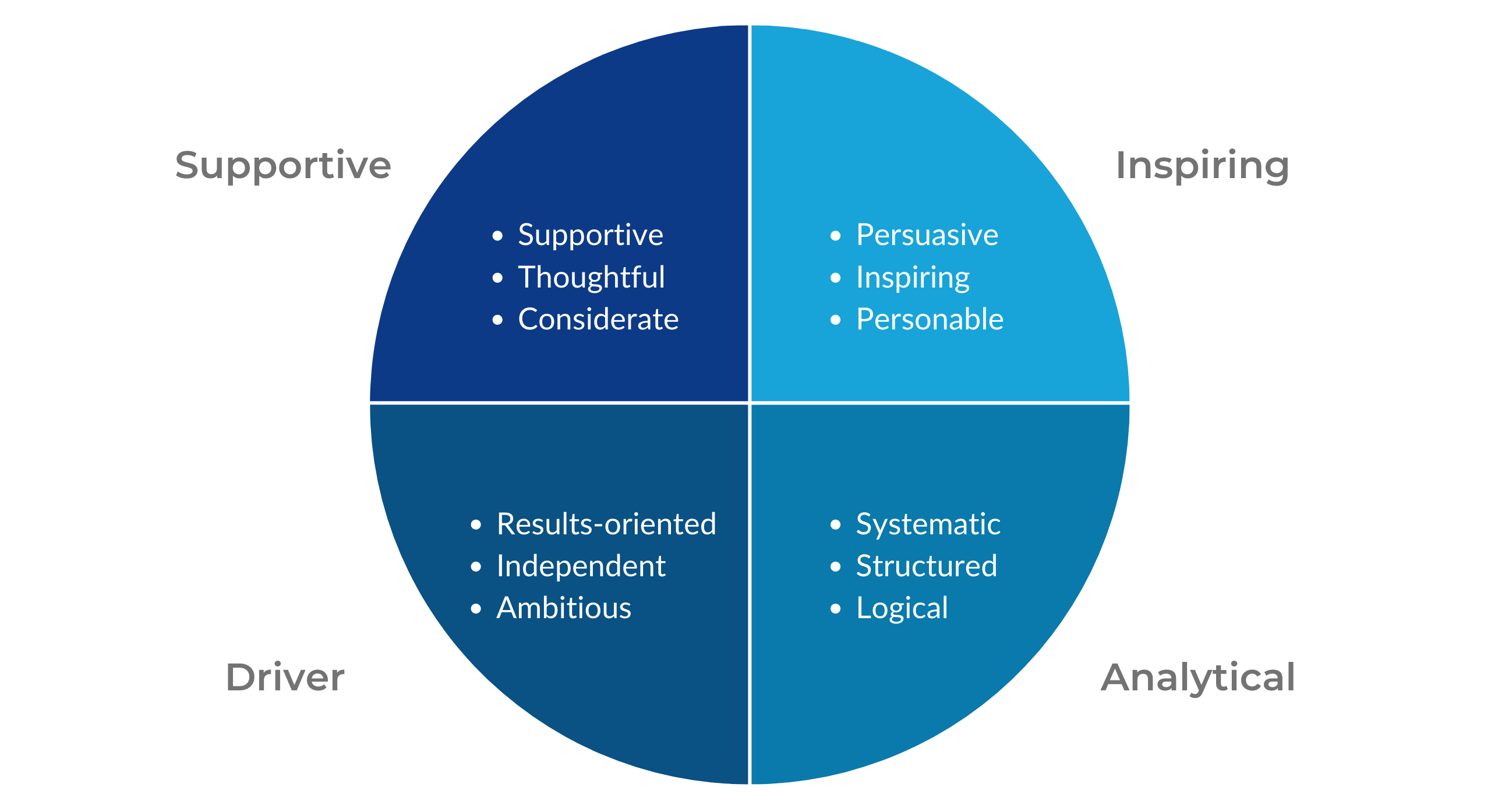Club leaders generally have a strong pulse on the strengths and weaknesses of the member experience at their club. But given the amount of direct member feedback that Club Managers receive and the presence of vocal minorities at every club, it can be difficult to prioritize the needs of the silent majority.
GGA has the opportunity to facilitate many private club surveys that collect ongoing feedback from tens of thousands of members each year. In doing so, common trends in member satisfaction begin to reveal themselves, and an understanding of what lies beneath the general satisfaction feedback.
That is why formal member surveys are essential to help club leaders gain a deeper understanding of member satisfaction at their club. We recently released the results of our annual Club Leader’s Perspective industry survey, a 2023 update on pressing needs in club management, including emerging trends, challenges and needs heading into a new year. The feedback from 230 club leaders across the industry uncovered some interesting insights regarding member satisfaction:
Those who do not measure satisfaction through a survey were more likely to be optimistic about satisfaction levels at their club – 42% of responding club leaders surveyed their members over the past year. Of that cohort, 61% measured an overall increase in satisfaction. In contrast, 74% of the audience that did not measure satisfaction perceived an increase.
Across our client sample of satisfaction surveys, we observed a relatively flat overall satisfaction trend this past year, and we believe it is unlikely that 3 in 4 clubs this past year experienced improved levels of member satisfaction. As an overall trend, we observed satisfaction levels in 2022 remain slightly elevated from pre-pandemic levels but relatively consistent with 2021. The one area that we noticed a common decrease in satisfaction was food and beverage operations, often driven by low scores in menu variety/selection and service consistency.
Only 16% of club leaders believe they are facing new and significant challenges related to their membership at their club.
We were surprised to see ‘membership’ lower in terms of creating new challenges for club leaders. Given the high turnover and member growth that many clubs incurred during the pandemic, we are starting to observe ‘generational divide’ challenges emerge as a strategic issue for many clubs, specifically preserving culture and assimilating new and old generations of members. Member surveys provide great value in mitigating this issue by clearly delineating the key differences and commonalities in wants, needs and priorities for different generations.
For the club leaders who measured satisfaction, they found older generations to be harder to satisfy than new generations, which is consistent with what GGA has observed the past year. Club leaders who did not quantitively measure satisfaction displayed a more balanced perception of the difficulty of satisfying each generation.
Club leaders who surveyed their members were also more likely to have increased their membership size in 2022 (or waitlist), and more likely to have deployed an adjustable capacity for membership based on activity access and utilization (rather than a pre-determined rigid cap from the bylaws). Intuitively, this makes sense as regular member feedback can provide club leaders with the confidence to optimize usage at the club, satisfaction with access, and ultimately identify opportunities to increase members or member usage.
From a membership perspective, the industry remains in a position of strength, with a growing number of waitlisted clubs and member feedback that suggests low attrition risk due to current satisfaction levels. But developing and maintaining a deep understanding of member satisfaction at a private club should not be a cyclical exercise. It requires consistent and ongoing measurement. In high times, like the present, this allows you to optimize members and usage, maintain competitive strengths and foresee any future satisfaction risks like the challenge of bridging a harmonious culture across multiple generations. In down-times, it can provide a valuable roadmap and priority list to address weaknesses and focus on the elements of the member experience that will move the needle the most in terms of restoring satisfaction and retention.
Connect with the authors:
Ben Hopkinson, Director
ben.hopkinson@ggapartners.com
James Stumpo, Senior Associate
james.stumpo@ggapartners.com















![A Club Leader’s Perspective [2023]](https://ggapartners.com/wp-content/uploads/post/a-club-leaders-perspective-2022-2023/18651/2023/02/Website-Featured-Image_CLP.png)

